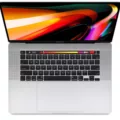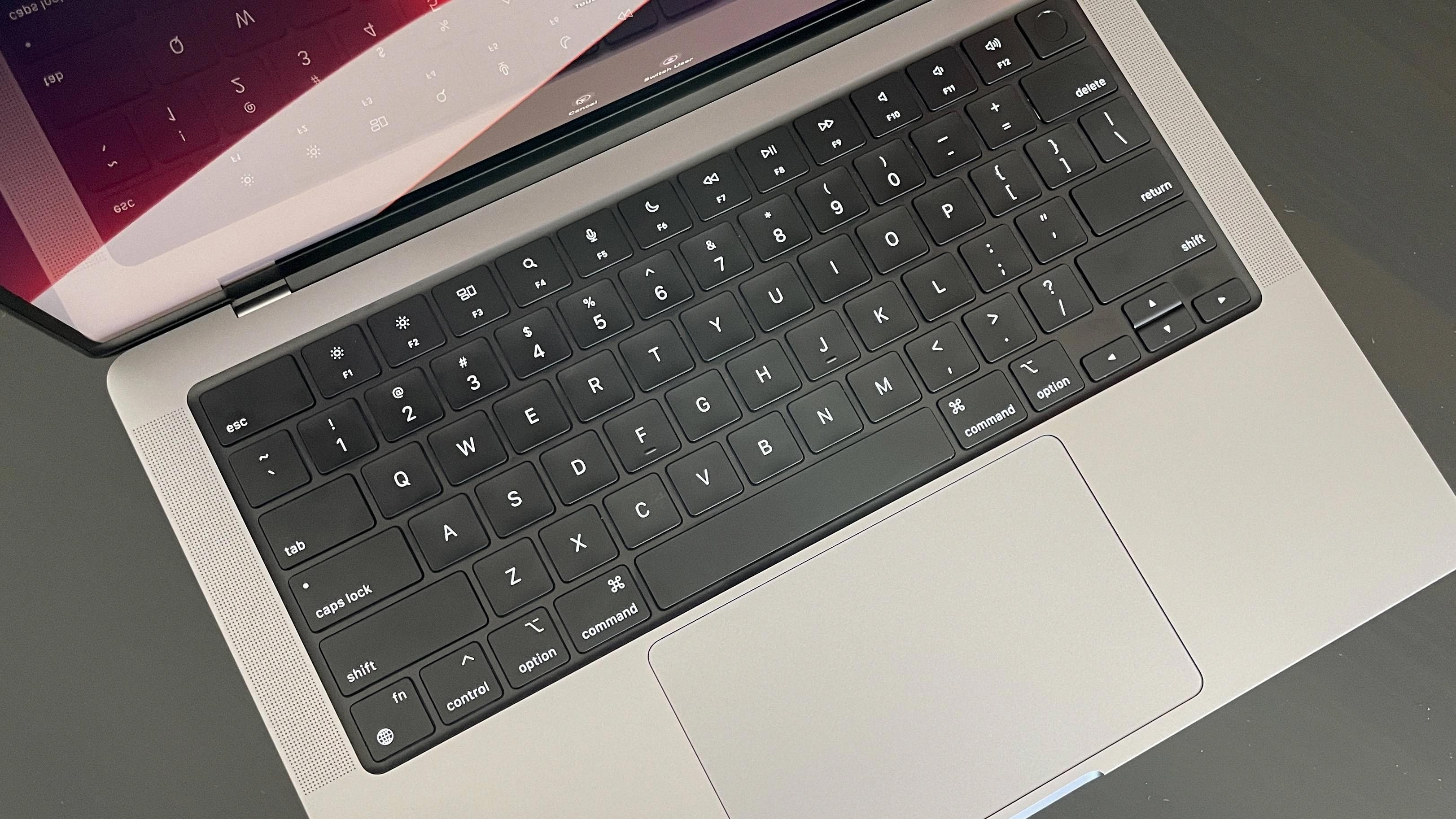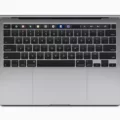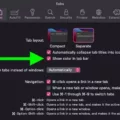Are you looking for a way to type in Korean on your Macbook Pro? If so, you’ve come to the right place! Setting up a Korean keyboard on your Macbook Pro is actually quite easy. All you need to do is follow these simple steps:
1. Select the Keyboard icon in the System Preferences menu.
2. Click on the Input Sources tab and click the ‘+’ button in the lower-left-hand corner of the panel.
3. Scroll down until you see Korean and click on it.
4. To activate your new keyboard, click on the Input menu in the menu bar, then choose a Korean input source. You can also press the Option-Control-Space bar to select the next input source in the Input menu, or the Control-Space bar to select the previous input source.
5. To check your Keyboard settings, choose Apple menu > System Settings and then click Keyboard in the sidebar (you may need to scroll down).
6. If your Mac has a Touch Bar and you customized it by adding an Input Sources button, tap it and then tap a Korean input source.
And that’s it! After following these steps, you should now be able to type with ease using your new Korean keyboard on your Macbook Pro! With this setup, you can take advantage of all of its features like predictive text, auto-correct, and more – making typing in both English and Korean much easier than ever before!
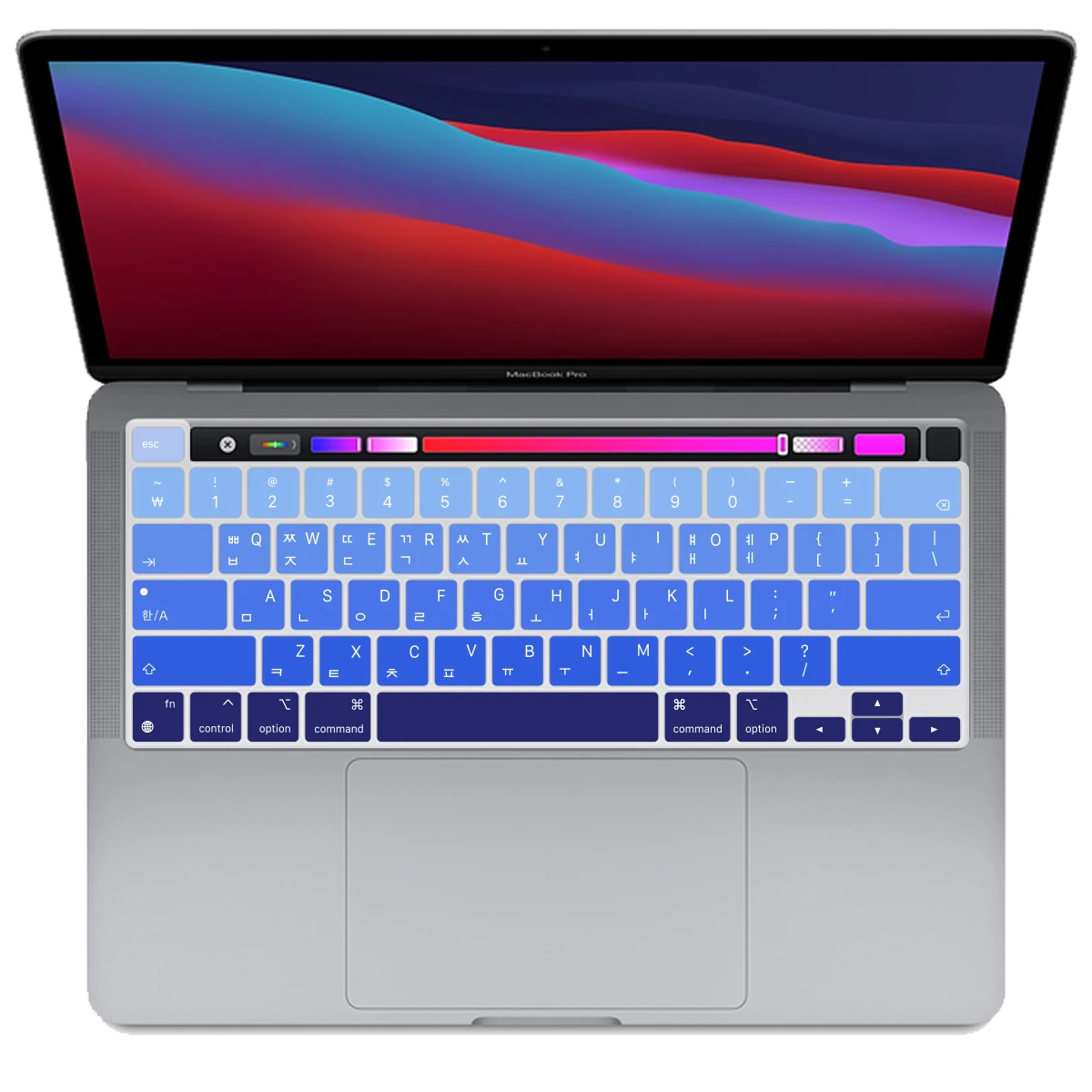
Installing a Korean Keyboard on Mac
To get a Korean keyboard on Mac, you’ll need to open System Preferences and select the Keyboard icon. From there, click on the Input Sources tab. In the lower-left-hand corner of the panel, click the + button to add a language keyboard. Scroll down until you see Korean in the list of languages presented and click on it. You will now have access to a Korean keyboard in your Mac OS environment.
Using Korean Font on Mac
Using Korean font on Mac is easy. First, open the System Preferences and select Language & Region. From there, you can add the Korean language to the list of preferred languages. Once the language is added, you’ll be able to choose Korean as an input source in the Input menu at the top of your screen. You can also press the Option-Control-Space bar to switch between input sources. To use a specific font, open up any app that supports text editing and select the Korean input source. Then use the font menu at the top of your screen to choose and apply your desired font for your text.
Does Apple Offer a Korean Keyboard?
Yes, Apple does have a Korean keyboard. The Keyboard settings can be accessed by choosing Apple menu > System Settings, then clicking Keyboard in the sidebar. You can also add a Korean input source to the Control Strip on your Mac’s Touch Bar by tapping the Input Sources button and selecting a Korean input source.
Fonts That Support Korean
Noto Serif Korean is a font that supports the Korean language, using Hangul and Hanja characters. It also offers support for other scripts like Hiragana, Katakana, Latin, Cyrillic, and Greek. Noto Serif Korean is part of a family of fonts designed by Google to provide a unified typeface across all languages and scripts. This means that the same font can be used to write words in many different languages while still maintaining its original style. Noto Serif Korean is designed to be both legible and visually appealing, making it an excellent choice for text in any language.
Conclusion
In conclusion, setting up a Korean keyboard in Mac OS is a relatively easy process that can be done in a few simple steps. The Input Sources tab in the Keyboard settings allows you to add the desired language keyboard and the Input menu located in the menu bar provides access to all of your desired input sources. Additionally, if you have a Touch Bar, you can customize the Control Strip by adding an Input Sources button which will allow you to quickly select your preferred Korean input source. With these easy steps, anyone can easily set up a Korean keyboard on their Macbook Pro.


